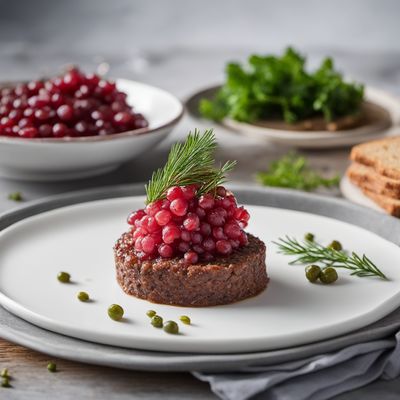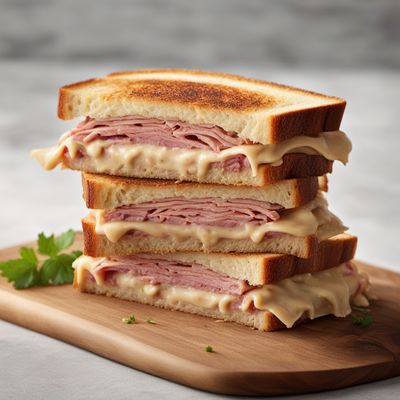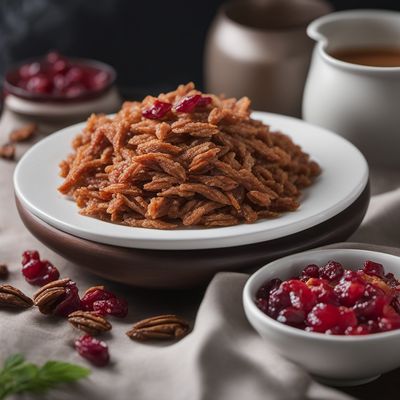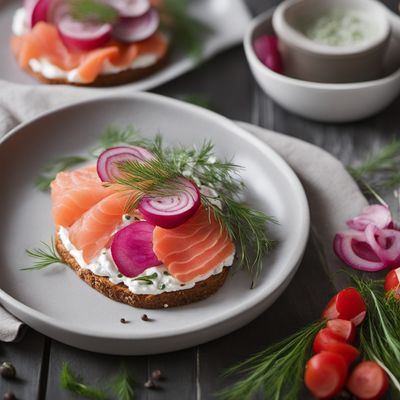
Ingredient
Paradise nut
The Exotic Delicacy: Unveiling the Richness of Paradise Nut
Paradise nuts are large, round nuts with a hard, woody shell that resembles a small coconut. The shell needs to be cracked open to reveal the edible part, which is a pale yellow, creamy nut. The nut has a smooth, buttery texture and a rich, nutty flavor with hints of sweetness.
Origins and history
Paradise nuts are native to the Amazon rainforest in South America and have been consumed by indigenous tribes for centuries. They are considered a delicacy in many Latin American countries and are often used in traditional dishes and desserts. The nuts are harvested from tall trees that can reach up to 30 meters in height.
Nutritional information
Paradise nuts are a good source of healthy fats, protein, and dietary fiber. They also contain essential minerals like magnesium, phosphorus, and manganese. Additionally, they are rich in antioxidants and vitamin E, which contribute to their potential health benefits.
Allergens
There are no known allergens associated with paradise nuts.
How to select
When selecting paradise nuts, look for nuts that are heavy for their size and have an intact shell. Avoid nuts with cracks or holes, as they may be stale or contaminated. Shake the nut to ensure it doesn't rattle, which could indicate an empty shell.
Storage recommendations
To maintain the freshness of paradise nuts, store them in an airtight container in a cool, dry place. They can also be stored in the refrigerator or freezer to extend their shelf life. If the nuts are still in their shell, they can last for several months.
How to produce
Paradise nut trees are native to the Amazon rainforest and require a tropical climate to thrive. They are challenging to grow outside their natural habitat and are primarily cultivated by indigenous communities in South America.
Preparation tips
Paradise nuts can be enjoyed as a snack on their own or used in both sweet and savory dishes. They can be roasted, salted, or ground into a paste to make sauces or desserts. Additionally, paradise nuts can be incorporated into baked goods, salads, or used as a topping for ice cream or yogurt.
Culinary uses
Paradise nuts are commonly used in Latin American cuisine, particularly in traditional dishes and desserts. They are also enjoyed as a snack or used as an ingredient in various sweet and savory recipes.
Availability
Paradise nuts are primarily cultivated in the Amazon rainforest in South America. They can be found in local markets and specialty stores in countries like Brazil, Peru, and Colombia.
More ingredients from this category
Recipes using Paradise nut » Browse all

Classic Patty Melt
Savory Beef and Cheese Patty Melt Delight

Finnish-style Beef Tartare
Nordic Delight: Finnish Beef Tartare with a Twist

Classic Reuben Sandwich
Savory Delight: The Ultimate Reuben Sandwich

Pinza Veneta with a North Korean Twist
Kimchi-infused Pinza Veneta: A Fusion of Italian and North Korean Flavors

New Jersey Sloppy Joe
The Ultimate Messy Delight: New Jersey Sloppy Joe

Icelandic-style Tomato and Bread Soup
Hearty Tomato and Bread Soup with a Nordic Twist

Central African Inspired Thin Crust Pizza
Savory Fusion: Central African Thin Crust Pizza

Luxembourgian Cialledda with Local Flavors
Luxembourgian Harvest Salad: A Celebration of Local Produce

Lithuanian Peacemaker
Baltic Harmony: Lithuanian Peacemaker

Black Sesame Cinnamon Rolls
Savory Twist: Black Sesame Cinnamon Rolls with a Midwestern Flair

Open-Faced Danish Smørrebrød with a Twist
Scandinavian Delight: Modernized Danish Smørrebrød

Kiluvõileib - Estonian Herring Sandwich
Savor the Baltic Delight: Kiluvõileib - A Taste of Estonian Coastal Cuisine